
The METER international, retrospective chart review study was performed to gain insight into how clinicians apply myelofibrosis (MF) treatment today and assess its effectiveness. The research team that conducted the study has published results in Blood Advances.
The cohort for METER included 997 patients from 14 countries, of whom 65.9% had primary MF and 11.7% were transfusion dependent. This cohort had a median time of 29 days from diagnosis to start of initial treatment.
The researchers found that ruxolitinib, the current standard of care for MF, was the most common first-line therapy used in the cohort, with 49.0% of patients receiving ruxolitinib, and 40.2% receiving hydroxyurea. It was also the most common therapy in second-line or later treatment. In the cohort, 48.5% of patients continued with their first-line therapy through week 156 of the study.
First author of the study Vikas Gupta, MD, of Princess Margaret Cancer Centre, Toronto, Ontario, Canada, writing with international colleagues, pointed out, “The greatest reduction in duration of MF treatment occurred between 1L [first line] and 2L [second line] when compared with the transition to later lines, highlighting the importance of optimizing 1L treatment. In everyday clinical practice, failure on RUX [ruxolitinib] therapy continues to be a challenge in the management of patients with MF.”
The investigators found that the median duration of first-line therapy was 32.0 months, and specifically for first-line ruxolitinib, 59.6 months. The cohort’s median duration of second-line therapy was 11.1 months, and median duration of third-line therapy was 9.3 months.
“Multivariable analyses determined that risk classification at diagnosis, BMF [bone marrow fibrosis] grade, and receipt of SCT [stem cell transplantation] were factors significantly associated with treatment duration,” Dr. Gupta and colleagues elaborated.
Among patients aged 70 years or younger in the study, the percentage who had undergone allogeneic stem cell transplantation as first-line treatment was 2.2% by week 24 of the study and 11.0% by week 156.
For all patients, the median survival time from treatment start to mortality was 79.1 months. Median survival time for patients who received ruxolitinib as first-line therapy was 77.6 months, and for those who received it as second-line or later therapy, it was 72.6 months. Compared with these patients, those who received non–ruxolitinib-based regimens had a longer median survival time of 142.3 months, which the investigators proposed may have been due to less severe disease in these patients.
“After adjusting for the patient characteristics, the factors of male sex, age >65 years, high-risk classification, MF ≥2 BMF [bone marrow fibrosis], and transfusion dependence at index date were statistically significantly associated with a shorter survival, whereas patients with secondary MF had a significantly longer survival,” Dr. Gupta and colleagues mentioned.
In the total cohort, 520 patients had at least one hospital stay, and among them, the median length of stay was 16 days. In the cohort, 71 patients were admitted to the intensive care unit at least once and had a median length of stay of 5 days. In the cohort, there were 375 patients who had at least 1 transfusion, with a median of 12 transfusions.
“Despite improvements in MF treatments, this study also demonstrated that patients with MF in a real-world setting experience hospitalization and required transfusions, suggesting significant unmet medical need,” Dr. Gupta and colleagues remarked about these findings.
The METER study was funded by AbbVie.
Reference
Gupta V, Tomuleasa C, Barranco Lampón GI, et al. Real-world treatment patterns and health care resource use for patients with myelofibrosis: results from the METER study. Blood Adv. 2025;9(5):1105-1116. doi:10.1182/bloodadvances.2024014625

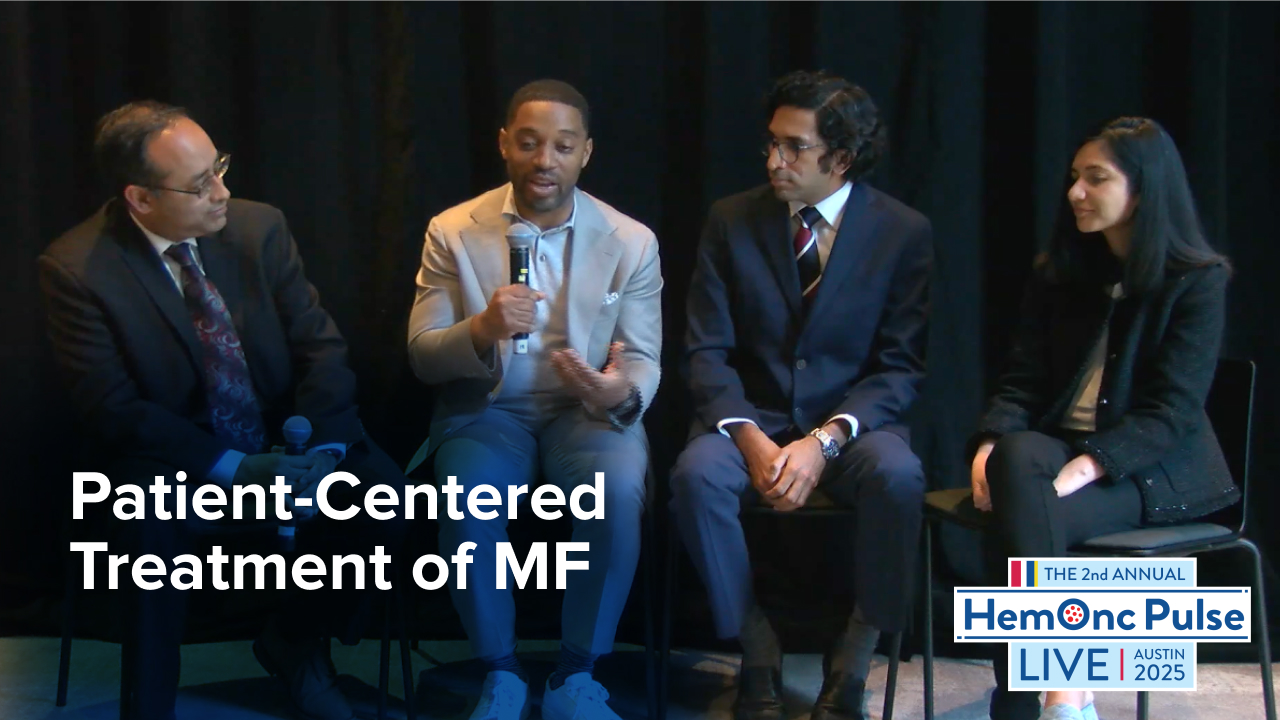
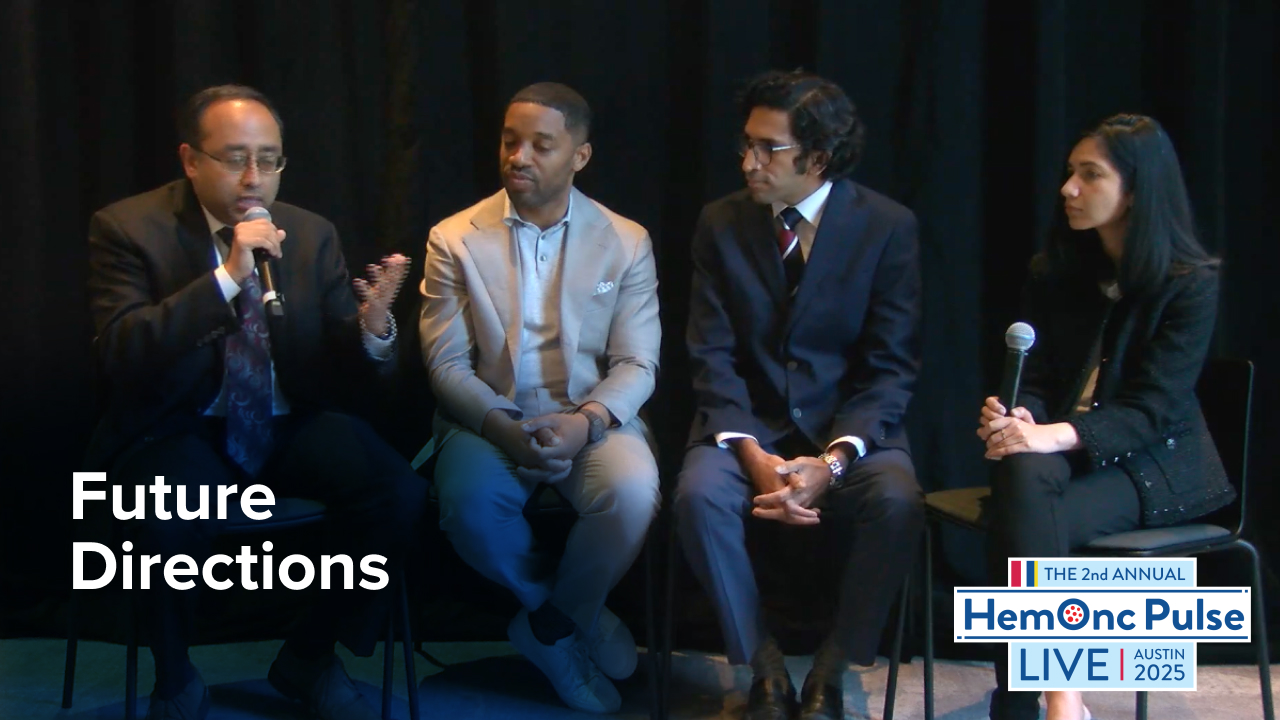
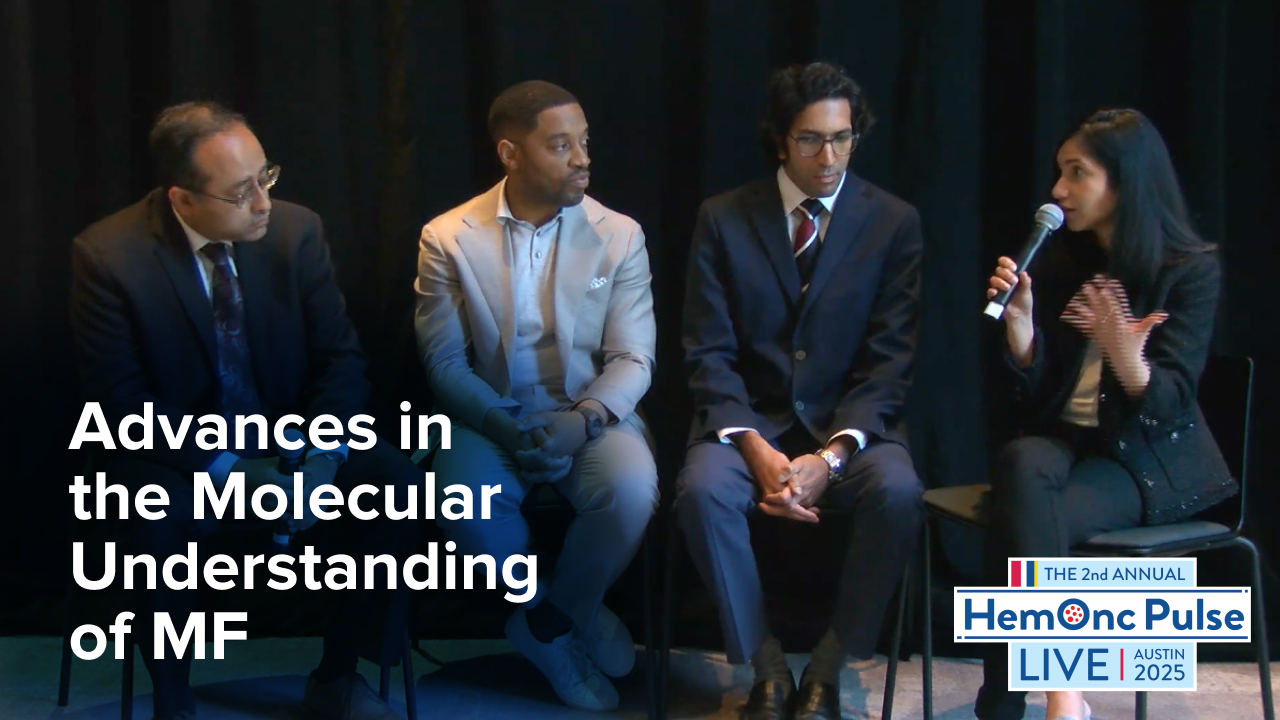
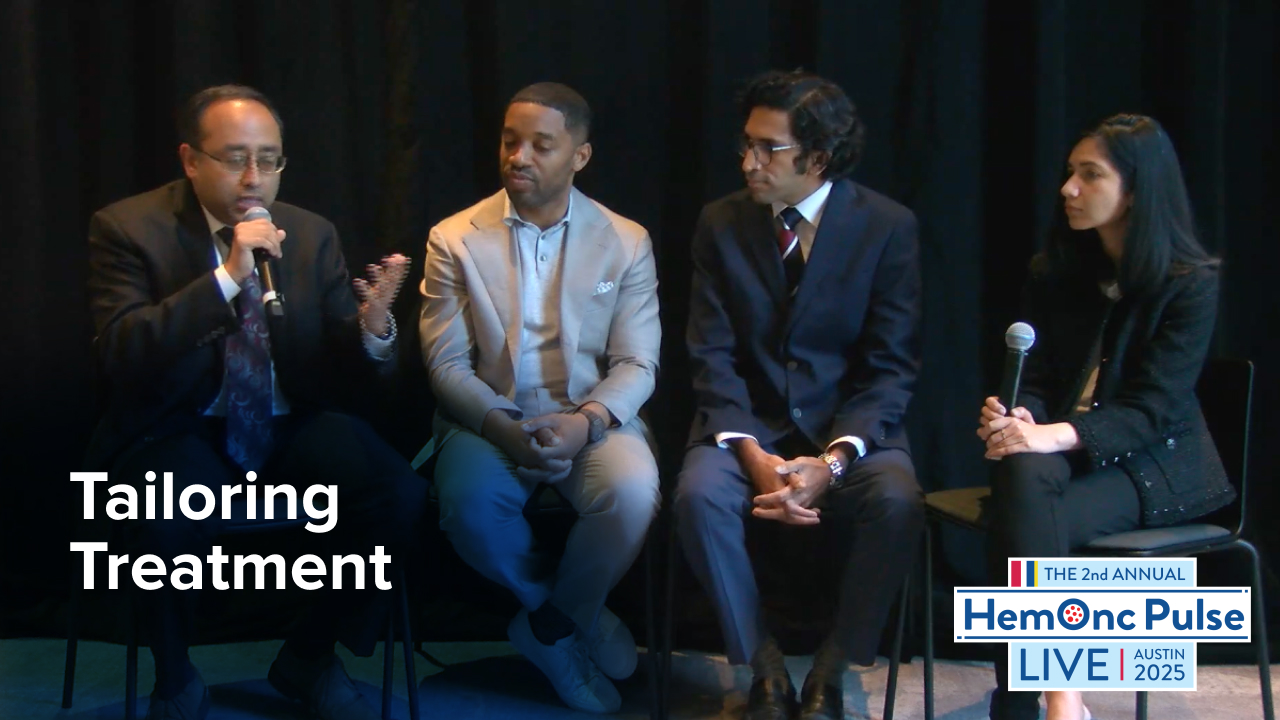
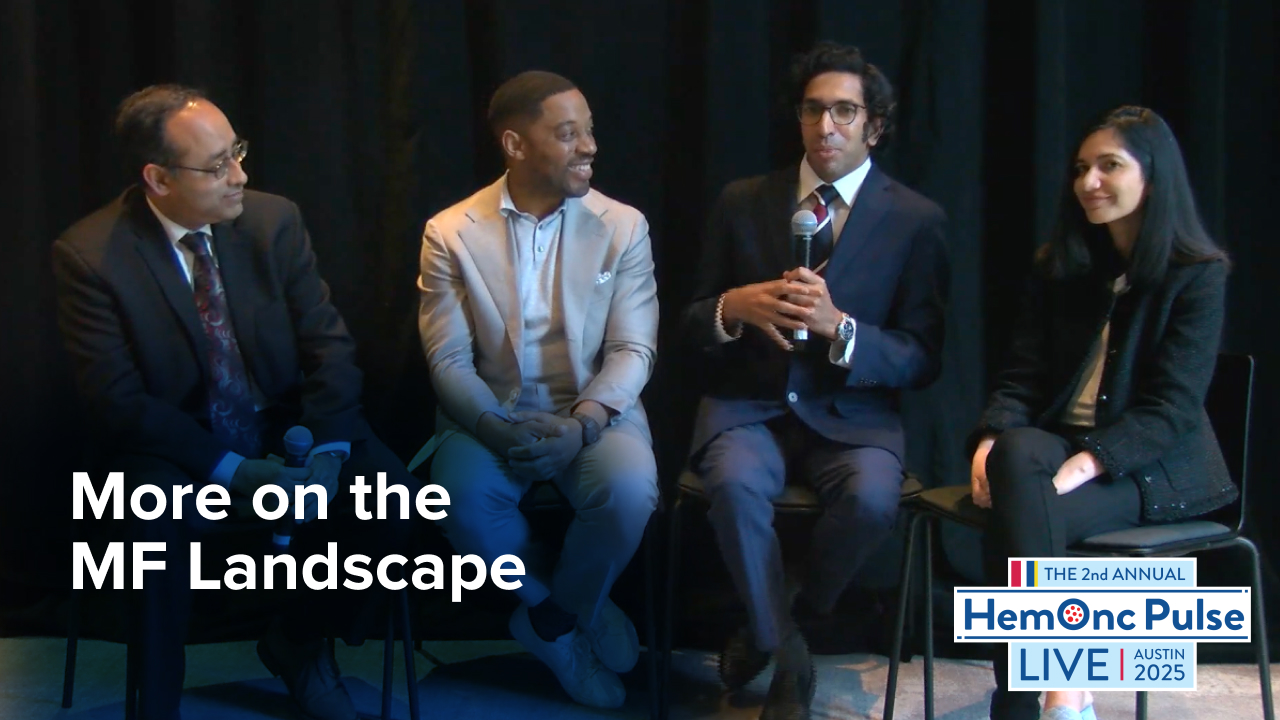
 © 2025 Mashup Media, LLC, a Formedics Property. All Rights Reserved.
© 2025 Mashup Media, LLC, a Formedics Property. All Rights Reserved.